Tips for Taking Care of your Brain in an Industry Fueled by Brainpower
by Jillian Goodrich
As artists, writers, and creatives in the advertising industry, we pour so much of our own hearts and minds into the work we do, and it can often feel like the industry values productivity over wellbeing. When you take that level of vulnerability and mix in long hours and tight deadlines, you’ve got a mental health pressure cooker where it’s not a matter of if you’ll experience burnout, but when.
The World Health Organization (WHO) estimates that 12 billion productive working days are lost each year to depression and anxiety alone, costing nearly $1 trillion annually in lost productivity. It’s clear that we are experiencing a mental health crisis in the U.S., which is exacerbated for advertising professionals by the fast-paced, demanding nature of our work.
A crisis of this magnitude obviously can’t be eradicated overnight, but there are still some simple and practical tips we can each implement in our own daily routines to make sure we are taking care of ourselves and performing to the best of our abilities, whether at work or at home. Although Mental Health Awareness Month may have wrapped up for 2024, prioritizing your mental health all year long is vitally important. As such, here are a few ideas you can try today to begin making your mental wellbeing an ongoing priority.
Do your best to set firm boundaries between your work and personal life.
According to a recent Hubstaff survey, 60% of U.S. workers say they do not have boundaries between their work responsibilities and personal lives. It becomes even easier to blur those lines when working from a remote or hybrid environment where your home and office are one in the same. Still, there are a few steps you can take to start building those boundaries up and protecting your rest time:
Set firm “working hours” and try to stick to them – That same Hubstaff survey revealed that 62% of U.S. employees across all industries check their work email outside of work hours. As you approach the end of your workday, take a few minutes to determine which tasks and emails cannot wait until the following day and prioritize those. Then, save the rest for tomorrow, shut your computer, and walk away to take part in an activity you enjoy, connect with loved ones, or rest.
Take a lunch hour – When deadlines are looming, it’s easy to sacrifice that midday break and just scarf down a quick bite to eat at your desk. However, taking a few minutes to step away, enjoy a healthy meal without looking at a screen, and maybe even get some fresh air can be incredibly refreshing and prepare you to take on the second half of your workday.
Turn off notifications during evenings and weekends – It’s pretty remarkable how simply seeing a work email pop up on your phone outside of business hours can give you a jolt of anxiety and totally preoccupy your mind. Whenever possible, turn off your work-related notifications during the evenings and weekends so that you can truly be present in the moments when you’re supposed to be off the clock.
Practice mindfulness in moments of stress and anxiety.
According to the Mayo Clinic, mindfulness is a type of meditation in which the goal is to focus on being aware of what you’re sensing and feeling in any given moment, without interpretation or judgment. Mindfulness can involve breathing methods, guided imagery, and other practices to help relax the body and mind.
The mind of an advertising professional is often very active, and at times, it can be difficult to create the type of mental quiet required to break through a creative block. Mindfulness can be a powerful tool in quieting the noise and bringing you back to the present moment. The next time you can’t seem to keep your thoughts from racing or get your ideas down on paper, try one of these easy mindfulness practices for a quick reset:
Sitting meditation – Sit comfortably with your back straight, feet flat on the floor, and hands in your lap. Breathe through your nose and focus on your breath moving in and out of your body. If physical sensations or thoughts interrupt you, note the experience and return your focus to your breath.
Walking meditation – Find a quiet place 10 to 20 feet in length and begin to walk slowly. Focus on the experience of walking, being aware of the subtle movements that keep you balanced. When you reach the end of your path, turn and continue walking, while maintaining awareness of your sensations.
Body scan – If possible, lie on your back with your legs extended and arms by your sides. Focus your attention slowly and deliberately on each part of your body, from head to toe and be aware of any sensations, emotions, or thoughts associated with each part of your body.
Lean on your colleagues and leaders for support, don’t go it alone.
Finally, take comfort in knowing that these struggles are incredibly common and are not something you have to navigate by yourself. The creative process can often feel a bit isolating, which has been magnified by the rise of remote work since the start of the COVID-19 pandemic. However, it’s important to build a network of like-minded individuals you know you can lean on when you need support. Not sure where to start? AAF D.C. brings together advertising professionals, regardless of job title and function, to learn from one another, network, and enjoy social events with others who can deeply relate to all the highs and lows the “ad life” brings. Come join in…we’ll always have your back!
